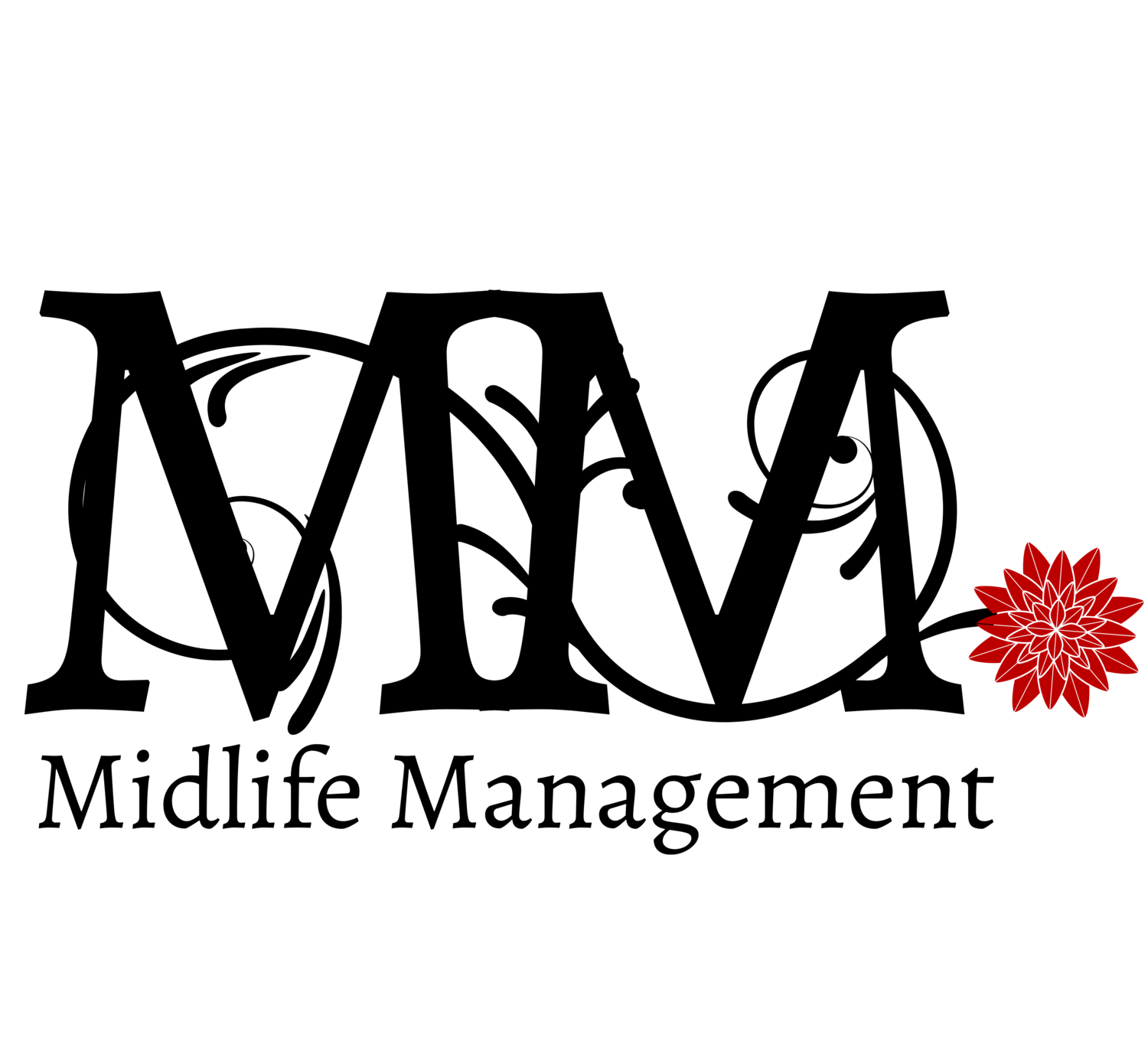Migraines & Food
Migraines are so much more than just headaches. They can include tiredness, mood changes, nausea, vomiting, sensitivity to light, sound and smell and difficulty concentrating. I have only ever had two, but I’ll never forget them.
The symptoms can occur for days before and after the development of the headache.
Migraines seem to be disorders of sensory processing. Why migraines happen is not fully understood. That said, there is a wealth of research which identifies potential triggers. The trick is to identify which triggers apply to you personally. The best starting point is to keep a detailed diary of what you eat, your energy levels, the quality of your sleep and frequency of migraine.
In this article, we are going to look at the relevance of blood sugar stability, an anti-inflammatory diet rich in antioxidants, and coffee intake.
Blood sugar stability
One theory suggests that migraines occur when there is an energy deficit in the brain. This means that there is not enough energy available to the brain to meet its workload.
Where does the energy for our brains come from? The food we eat.
As long ago as the 1930s migraines were described as “hypoglycaemic headaches” i.e. low blood sugar headaches.
This means that a drop in blood sugar can trigger a migraine. Drops in blood sugar can occur when:
- fasting,
- when meals are skipped, or
- when there was insufficient protein, healthy fat and fibre in your last meal.
Shared symptoms between migraine and low blood sugar can include dizziness, pale skin, cold hands and feet, sugar cravings, yawning, nausea, low blood pressure, shaking, difficulties with memory and concentration, tiredness, fatigue, impaired vision and slurred speech.
What to eat
If the brain does not have enough energy to cope with its workload, this results in an increase in inflammatory stress in the brain resulting in a migraine. Strange as it may seem, migraines may be considered as a protective, healing response to this increased burden until the brain can recalibrate.
How do you avoid an energy deficit?
The starting point is sufficient protein, healthy fat and fibre in your diet to maintain a consistent and constant supply of energy to your brain. A diet rich in protein and a diverse array of vegetables and fruits together with frequent consumption of healthy fats (e.g. olive oil, avocado, sardines, hemp seeds, mackerel, salmon, herring and anchovies) can be a solid foundation.
What not to eat
This differs between individuals and why it is necessary to keep a detailed headache and diet diary.
Migraines may be how celiac disease or gluten sensitivity presents (even where there are no digestive symptoms). (Note that if you want to be tested for celiac disease, you must continue to eat gluten to ensure the results of the testing are accurate).
The most commonly reported trigger foods are:
Chocolate, nuts, salami, alcohol, milk, citrus fruits and cheese.
The most commonly reported trigger ingredients are:
Monosodium glutamate (MSG), artificial sweeteners such as aspartame and sucralose and nitrites (preservatives found in processed meats).
Coffee
Research suggests that caffeine withdrawal between cups of tea and coffee that could be the trigger for migraine. The research suggests that you might like to try the following approach:
- drink the same amount of caffeine every day (2 cups a day as a general rule),
- drink the caffeine at the same time every day,
- leave no more than 24 hours between caffeinated beverages.
What next?
If you would like my support in navigating this complex area, please do book a free Zoom call using the button below.
Sources:
Costa, A. B. P. et. al. (2019) “Nutritional intervention may improve migraine severity: a pilot study”, Arquivos de Neuro-Psiquiatria, 77(10), pp. 723-730.
Goadsby, P.J. et. al. (2017) “Pathophysiology of migraine: a disorder of sensory processing”, Physiological Reviews, 97(2), pp. 553-622.
Griauzdaitė, K. et. al. (2020) “Associations between migraine, celiac disease, non-celiac gluten sensitivity and activity of diamine oxidase”, Medical Hypotheses, 142:109738.
Gross, E.C. et. al. (2019) “The metabolic face of migraine – from pathophysiology to treatment”, Nature Reviews Neurology, 15, pp. 627-643.
Karsan, N. and Goadsby, P.J. (2018) “Biological insights from the premonitory symptoms of migraine”, Nature Reviews Neurology, 14, pp. 699-710.
Martin, V.T. and Brinder, V. (2016) “Diet and headache: part 1”, Headache, 56(9), pp. 1543-1552.
Nowaczewska, M., Winciński, M. and Kaźmierczak, W. (2020) “The ambiguous role of caffeine in migraine headache: from trigger to treatment”, Nutrients, 12, 2259.
Ӧzӧn, A. Ӧ., Karadaş, Ӧ and Ӧzge, A (2016), “Efficacy of diet restriction on migraines”, 55(3), pp. 233-237.
Ramsden, C.E. et. al. (2021) “Dietary alteration of n-3 and n-6 fatty acids for headache reduction in adults with migraine: randomised controlled trial”, BMJ, 374.
Robblee, J and Starling A.J. (2019) “SEEDS for success: lifestyle management in migraine”, Cleveland Clinic Journal of Medicine, 86(11), pp. 741-749.
